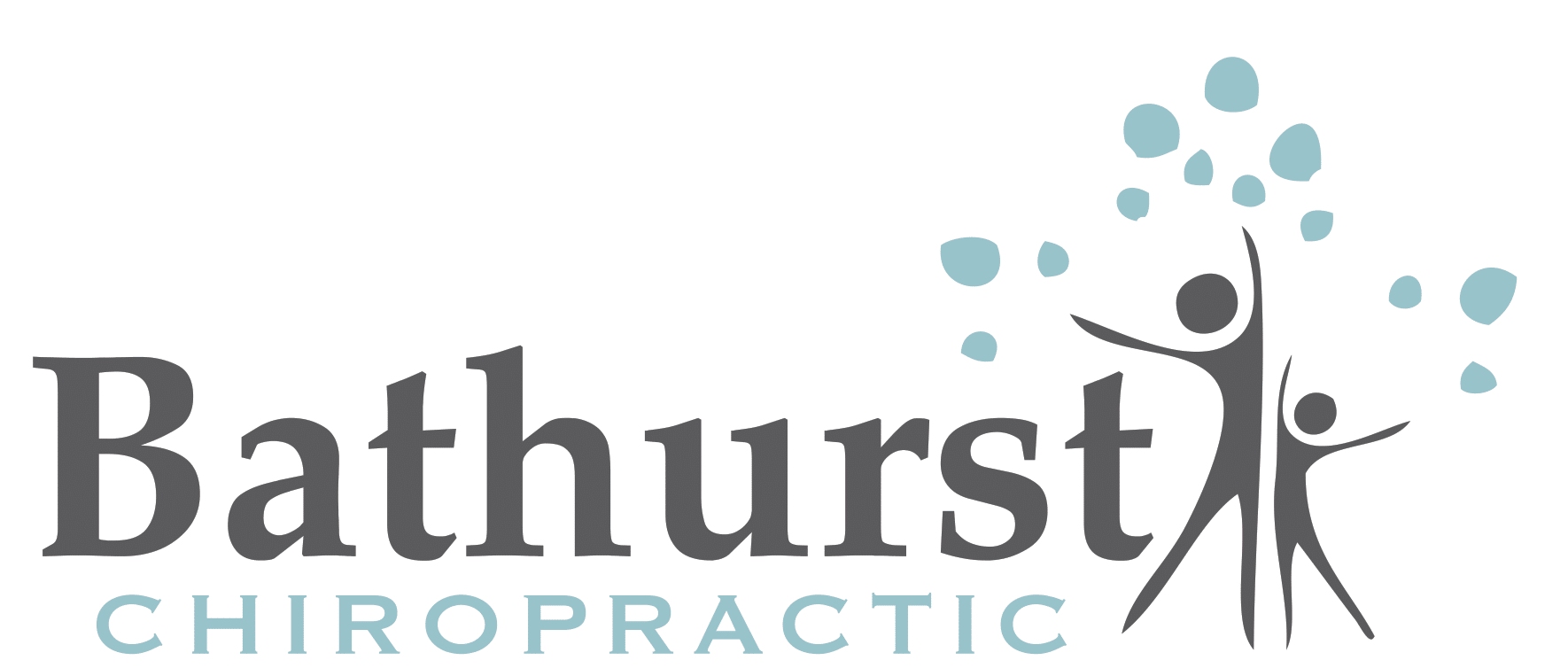Running is a popular form of physical activity. About 1 in 5 Australians try running (or jogging) as a consistent form of exercise at some point in their life. Running costs next to nothing to participate in and people can partake in it whenever it suits them to do so, and that is why running is a very appealing exercise for many people.
Running versus jogging
The key difference between running and jogging is intensity. Compared to jogging, running is faster, uses more kilojoules and is more demanding on the heart, lungs and muscles.
Running and jogging are both forms of aerobic exercise. Aerobic means ‘with oxygen’ – the term ‘aerobic exercise’ means any physical activity that produces energy by combining oxygen with blood glucose (blood sugar) or body fat.
Health benefits of running and jogging
Regular running or jogging can:
Help build strong bones
Strengthen muscles
Improve cardiovascular fitness (making those dreaded ‘cardio’ workouts a bit easier)
Burn lots of kilojoules
Help maintain a healthy weight
These benefits result in:
Reduced risk of death from heart attack or stroke
Reduced risk of cardiovascular disease
Lower risk of developing cancer
Goal setting for running and jogging
Think about what you want to achieve from running. Some things to consider may be:
Getting fit – if you’re a beginner, it would be best to start with brisk walking, progress to jogging and then eventually work your way up to running.
General fitness – mix your running with other forms of exercise to maximise your overall fitness
Weight loss – Your diet plays a crucial role in losing weight. Adjust our diet to include fresh fruits and vegetables, lean meats, wholegrain cereals and low-fat dairy products. More importantly, cut back on dietary fats, takeaway foods, soft drinks and sugar.
Companionship – you can run with a friend or join a local running club
Competition – Most running clubs offer competitive events, designed for beginners right through to advanced runners.
Tips for Beginners
See your doctor for a check-up before starting a running program. This is especially important if you are over 40 years of age, are overweight, have a chronic illness or haven’t exercised in a long time.
Start with brisk walking. Aim for 30 minutes per session. Aim to increase your jogging team each session and alternate between walking and jogging. Allow at least six weeks to build up to regular running.
Make sure to warm up and stretch thoroughly before starting your run. Cool your body down with light stretches when you have finished.
Make sure to drink plenty of water before and after your run. Even taking a water bottle so you can drink whilst running can be a good idea, especially on hot days.
Allow at least two complete rest days per week to avoid overtraining, which is likely to cause injury. Instead, consider other low-impact activities, such as swimming, at least once each week.
If possible, run on flat, grassy areas rather than hard or loose surfaces to reduce the risk of injury.
Avoid running near roads, vehicle exhaust fumes can increase the risk of various cardiovascular and respiratory complaints or illnesses.
Wear loose cotton clothing.
Buy an appropriate pair of running shoes.
Choosing running shoes
When choosing running shoes, consider:
Don’t wear your old sneakers. Poorly fitted shoes are a common cause of injuries
The running shoe should bend easily, feel comfortable and have a wedge of shock-absorbing material in the heel
The fit should not be too snug. Your foot will splay as it impacts the ground.
When trying on and buying the shoes, wear the socks you intend to wear while running.
Have your shoes professionally fitted.
Health and safety suggestions when running
Eat a healthy, well-balanced diet.
Avoid eating directly before going for a run.
Avoid running during the hottest part of the day in summer.
Drink plenty of water before, during and after your run.
If using headphones, do not have them too loud – stay alert and aware
Wear reflective materials if running early in the morning or late at night
Tell someone where you plan to run and when you think you’ll be back
Choose well-lit, populated routes.
If you injure yourself while running, stop immediately and seek medical advice.
References
Running – Preventing running injuries, Smartplay. https://smartplay.com.au/?lngContentMenuID=2&%3BCat=46
Sharman J, 2005, ‘Clinicians prescribing exercise: is air pollution a hazard?’, The Medical Journal of Australia, vol. 182, no. 12, pp 606-607. https://www.mja.com.au/journal/2005/182/12/clinicians-prescribing-exercise-air-pollution-hazard
Running and Jogging – Health Benefits, Better Health Channel. https://www.betterhealth.vic.gov.au/health/healthyliving/running-and-jogging-health-benefits#health-benefits-of-running-and-jogging
Jane Chertoff, ‘What Are the Benefits and Risks of Running Every Day?, Healthline, medically reviewed by Daniel Bubnis, M.S. https://www.healthline.com/health/fitness-exercise/running-everyday
